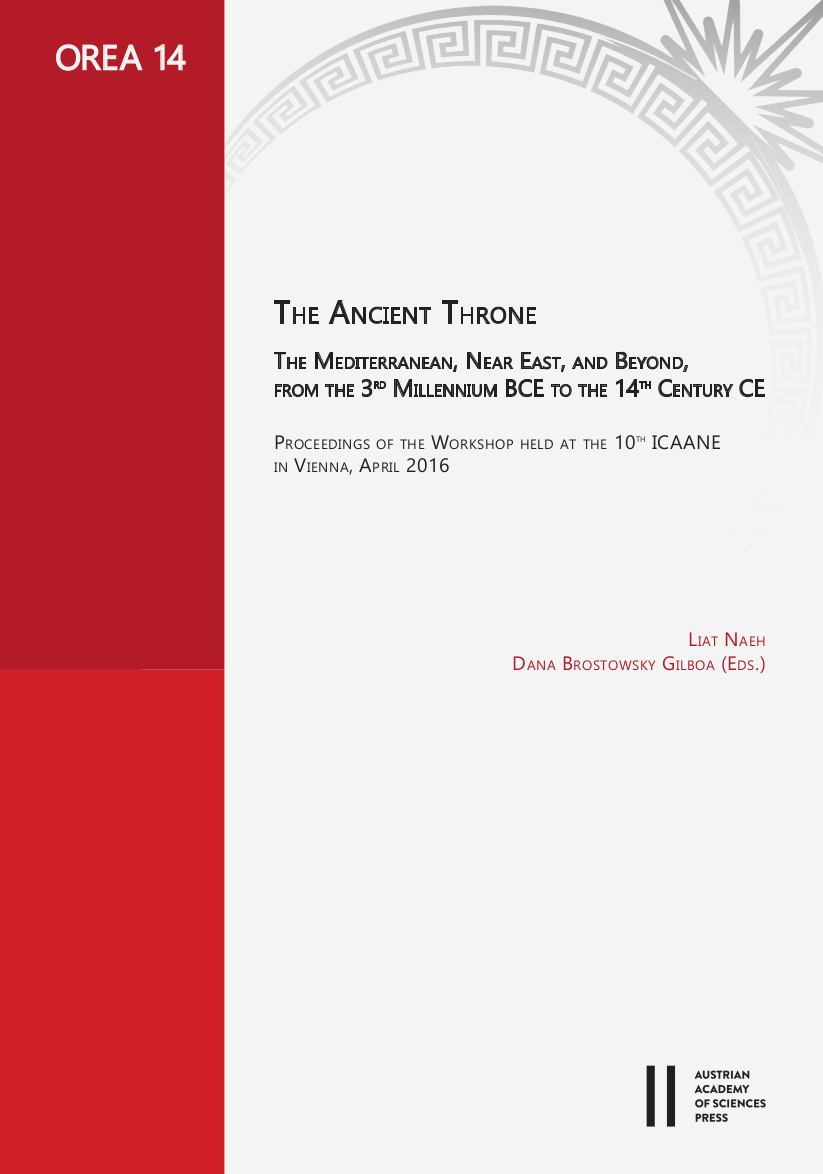
The Ancient Throne. The Mediterranean, Near East, and Beyond, from the 3rd Millennium BCE to the 14th Century CE.Proceedings of the Workshop held at 10th ICAANE in Vienna, April 2016, pp. 135-150, 2020/09/02
Proceedings of the Workshop held at the 10th ICAANE in Vienna, April 2016
The throne that the Phrygian King Midas dedicated in the sanctuary of Apollo at Delphi was one of the most famous thrones of antiquity, mentioned by the Greek Historian Herodotus, who declared it “well worth seeing.” Many have speculated as to its appearance, which can perhaps be imagined in light of the collection of fine wooden furniture excavated at the site of Gordion (Turkey), the capital of the ancient kingdom of Phrygia. Intact examples of Phrygian royal furniture of the dynasty of Midas were excavated from three early tumulus burials at Gordion (8th century BCE), and additional furniture fragments were recovered from a palatial building on the City Mound. This furniture is highly unusual, featuring abstracted forms and geometric patterns representing the Phrygian goddess Matar as well as auspicious signs and fertility symbols. A recent theory suggests that a fine ivory figure of a man and lion found in a votive deposit at Delphi may have belonged to Midas’s throne. The present article surveys the evidence, which weighs against that theory.
Keywords: Assyria; Delphi; Gordion furniture; ivory; Midas; Phrygia; Toprakkale